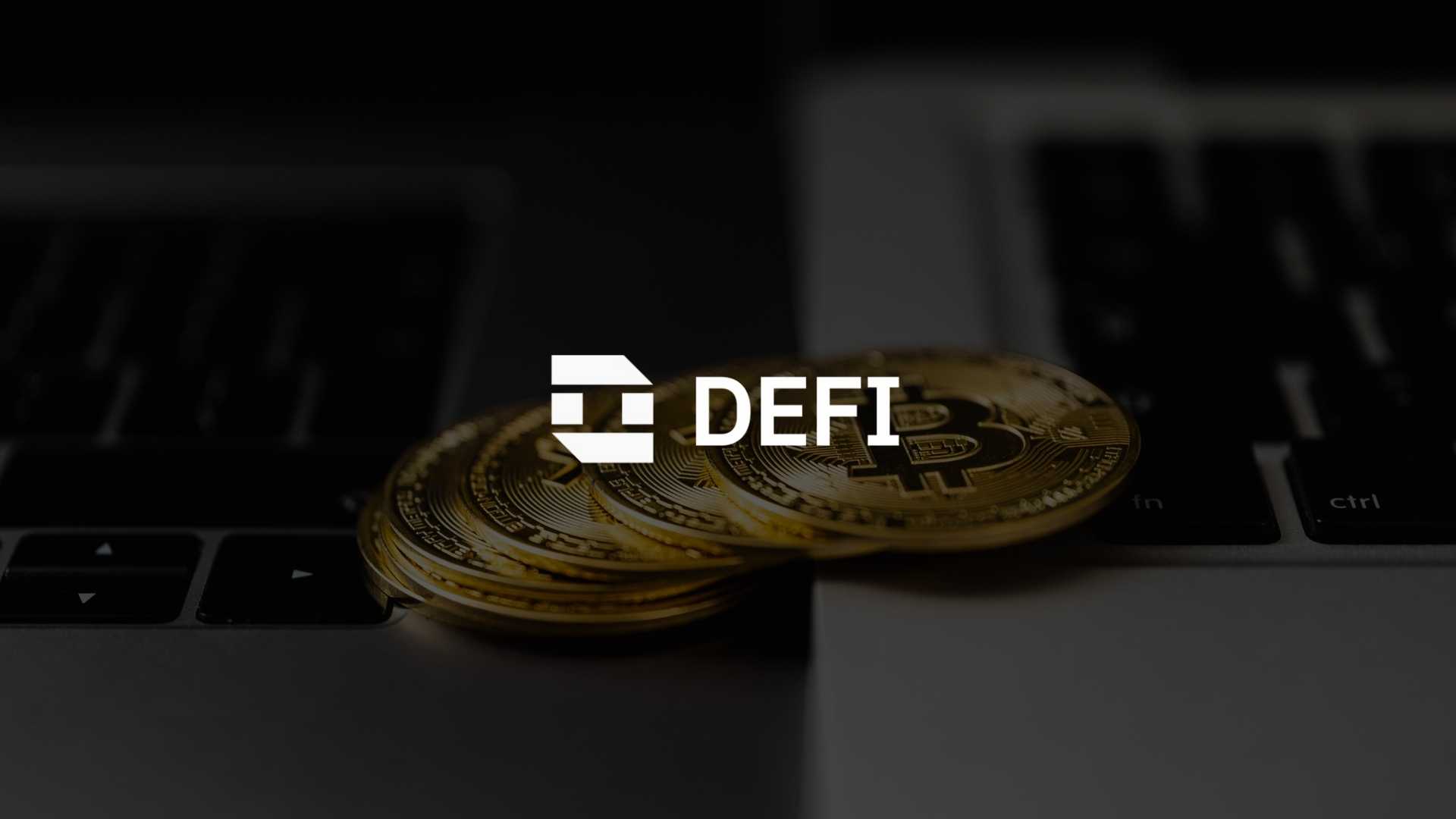Ondo Finance Brings Tokenized Treasury Bills to Sei Network in RWA Power Move

Ondo Finance is giving decentralized finance a Wall Street upgrade—again. This time, the real-world asset (RWA) heavyweight is rolling out its flagship product, USDY (United States Dollar Yield), on the Sei Network, making it the first tokenized U.S. Treasury Bill to hit the ultra-fast Layer-1 chain.
The move marks a major intersection between traditional finance-grade yield and next-gen blockchain infrastructure. With USDY’s 4.25% APY now native to Sei, investors and developers alike get access to a powerful new composable yield primitive—one that merges stablecoin-like liquidity with the kind of low-risk, government-backed yield that’s typically reserved for institutional desks.
DeFi Gets a Real Yield Upgrade
Already boasting $680 million in TVL across multiple chains, USDY lets non-U.S. investors (both institutional and individual) park capital in a token that tracks U.S. short-term Treasuries, all while earning monthly yield. What’s new is where it’s now landing.
Sei Network, known for its lightning-fast transaction processing (tens of thousands per second, to be specific) and parallelized execution, is emerging as a key battleground for serious financial applications. With its TVL surpassing $670M and a stunning 821% year-over-year growth in 2025, Sei is quickly becoming more than a high-performance experiment—it’s a launchpad for the next evolution in onchain finance.
“By bringing USDY to Sei, we’re combining an institutional-grade product with a next-generation execution layer,” said Nathan Allman, CEO of Ondo Finance. “This creates capital-efficient use cases for protocols, developers, and users alike.”
Why It Matters: RWA Meets DeFi Scalability
The broader trend here is impossible to ignore: real-world assets are surging, and tokenized Treasuries are at the front of the pack. In a crypto market still hungry for yield and trust, tokenized T-Bills like USDY are a rare combo—regulated, stable, yield-bearing, and globally accessible (outside the U.S., that is).
The integration also signals a shift in where developers are choosing to build. Sei’s high-throughput infrastructure is uniquely capable of supporting financial-grade tools, without the latency or scaling issues that have plagued older chains like Ethereum. And it’s not just a speed thing—instant finality and built-in parallelism give Sei a UX edge that mirrors TradFi without the intermediaries.
“USDY represents the exact kind of high-quality, composable yield primitive that will unlock new possibilities for developers,” said Justin Barlow, Executive Director at the Sei Development Foundation.
The Bigger Picture
Ondo isn’t alone in the RWA race—firms like Matrixdock, Backed, and Franklin Templeton are all experimenting with Treasury-backed tokens. But USDY’s reach, volume, and now multi-chain integrations put it near the top of the leaderboard. And with Sei’s ambitions to become the platform for institutional-grade DeFi, this partnership feels less like an experiment and more like a strategic land grab.
Both companies are playing long-term games here. Ondo is building a cross-chain empire of compliant financial assets. Sei is building the rails for a high-frequency, real-asset-powered DeFi future. Together, they’re showing that “crypto yield” doesn’t have to mean speculative lending pools—it can also mean rock-solid Treasuries, composable in smart contracts, and blazing fast to settle.
The future of DeFi may just be built on the oldest asset in finance: government debt—only now, tokenized and turbocharged.
Stay Ahead of the Curve with GlobalFinTechEdge — Your Daily Edge in Fintech Intelligence. Subscribe Now.


